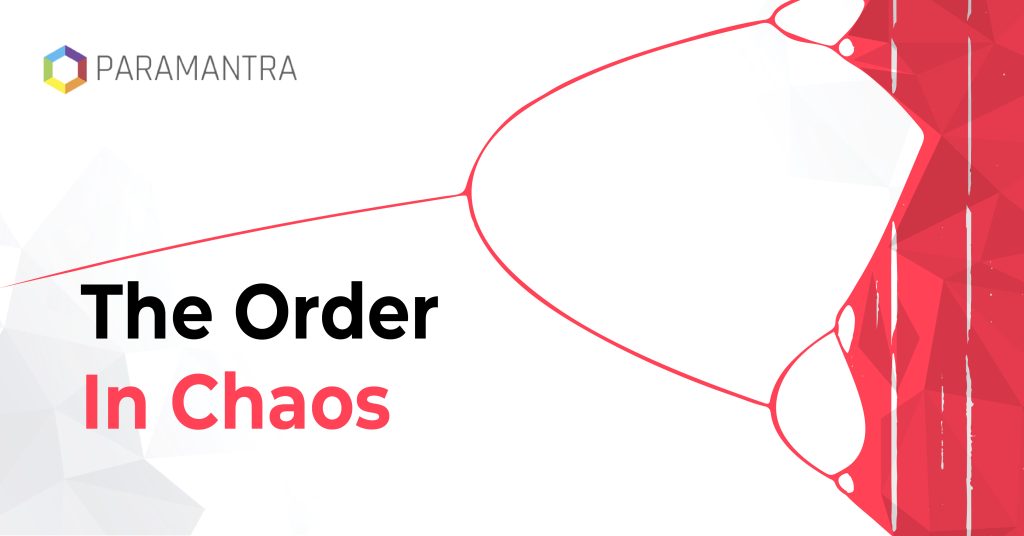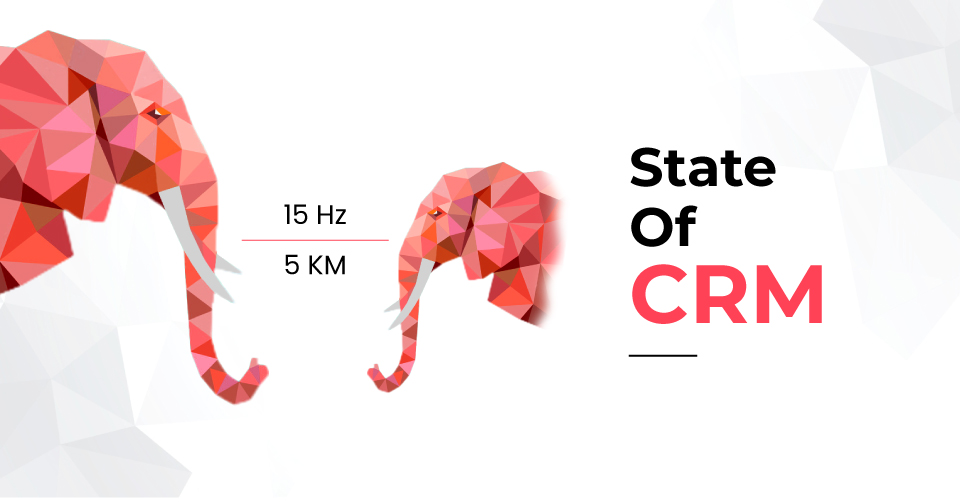Chaos theory is a mathematical discipline that has its foundations in the exploration of intricate and dynamic systems. The emergence of chaos theory can be attributed to the contributions of renowned mathematicians, such as Henri Poincaré, during the late 19th and early 20th centuries. These scholars delved into the study of nonlinear systems, such as the movement of planets within the solar system, with the aim of analyzing their behavior.
Nevertheless, it was not until the 1960s and 70s that the discipline of chaos theory commenced to evolve substantially, primarily owing to the contributions of esteemed mathematicians and scientists, including Edward Lorenz, Benoit Mandelbrot, and Mitchell Feigenbaum. These scholars were intrigued by the analysis of the chaotic and unpredictable patterns that could emerge in complex and dynamic systems, despite the apparent simplicity of their mathematical foundations.
A fundamental tenet of chaos theory is the notion of sensitive dependence on initial conditions, commonly referred to as the butterfly effect. This principle posits that even minute alterations in the initial state of a system can result in significantly divergent outcomes over time, as the system’s behavior grows increasingly sensitive to these variations.
An instance of a simple mathematical equation that can manifest chaotic behavior under specific circumstances is the logistic map. The logistic map characterizes the dynamics of population growth over time and is expressed as xt+1=kxt(1-xt), where xt denotes the population at time t, and k is a constant that governs the rate at which the population increases.
In instances where k is small, the population will undergo growth and eventually stabilize at a specific threshold. Conversely, as k increases, the population will oscillate between different levels before eventually descending into a state of chaos. This chaotic behavior is associated with the butterfly effect, as minute fluctuations in either the initial population or the value of k can generate widely disparate outcomes over time.
The logistic map and chaos theory have found extensive applications in diverse fields, spanning physics and biology to economics and social science. In physics, the logistic map has been utilized to simulate the behavior of fluids during turbulent flow, as well as the dynamics of populations of particles and the proliferation of wildfires. In these systems, the chaotic behavior of the logistic map has been instrumental in deciphering the intricate patterns and structures that emerge over time.
In the realm of biology, the logistic map has been employed to simulate the evolution of populations of animals or plants over time, as well as the dissemination of diseases and the progression of genetic traits. By comprehending the chaotic nature of these systems, researchers can glean valuable insights into how diverse elements interplay to shape the behavior of living organisms.
In economics, the logistic map and chaos theory have been harnessed to model various economic phenomena, encompassing the behavior of financial markets and the dynamics of supply and demand in divergent markets. By comprehending the chaotic nature of these systems, economists can obtain valuable insights into how factors such as investor sentiment, governmental policies, and technological advancements can shape the conduct of markets and economies over time.
In addition to the logistic map, there are other related concepts in chaos theory that are worth exploring. Two of these are the Lorenz attractor and the Mandelbrot set.
The Lorenz attractor is a geometric structure that characterizes the conduct of a specific set of differential equations associated with atmospheric convection. It was initially uncovered by meteorologist Edward Lorenz during the early 1960s while investigating the behavior of weather patterns. The Lorenz attractor is a complicated, three-dimensional shape that showcases several intriguing features, including sensitivity to initial conditions and the manifestation of chaotic behavior.
The Mandelbrot set is an intricate fractal shape that emerges from the repetition of a basic mathematical function. It is named after mathematician Benoit Mandelbrot, who initially unveiled it during the 1970s. The Mandelbrot set is noteworthy as it furnishes a visual depiction of the intricate and erratic behavior of nonlinear systems.
One of the main revelations of chaos theory is that intricate and dynamic systems can demonstrate surprising and disorderly behavior, even when the underlying mathematics seems relatively straightforward. Through analyzing these systems and comprehending their chaotic behavior, researchers can gain valuable insights into how to anticipate and regulate their conduct, and create plans for enhancing outcomes in various applications.
Chaos theory, particularly the logistic map, has been previously utilized in the field of marketing. In the past, it has been applied to analyze price sensitivity and advertising’s impact on sales. In a study published in the International Journal of Research in Marketing in 2003, Kalyanaram and Gurumurthy utilized the logistic map to examine consumer price sensitivity’s chaotic behavior and to offer marketers valuable insights into effective product pricing.
The researchers employed the logistic map equation to develop a model for the correlation between price and consumer demand and scrutinized the consequent bifurcation diagrams to discern patterns of chaotic behavior. It was observed that the sensitivity of consumers to price alterations may exhibit chaotic behavior, whereby slight modifications in price result in abrupt and unpredictable shifts in demand. Furthermore, the researchers discovered that consumer sensitivity to price fluctuations is susceptible to variation contingent on the degree of competition in the market and the perceived quality of the product.
In a 2005 study published in the Journal of Business Research, Ganesan and Weitz employed the logistic map to model the correlation between advertising and sales. The study aimed to examine the chaotic behavior of consumer reaction to advertising and to provide marketers with insights on optimizing their advertising strategies. To accomplish this, the researchers utilized the logistic map equation to model the relationship between advertising expenditures and sales and examined the resulting bifurcation diagrams for signs of chaotic behavior. The study found that the relationship between advertising and sales can indeed exhibit chaotic behavior, with sudden and unforeseeable fluctuations in sales resulting from small alterations in advertising expenditures. Additionally, the research discovered that consumer response to advertising can vary according to factors such as the type and content of the advertisement, market competition, and the timing and frequency of advertising. These studies demonstrate that traditional linear models may prove inadequate in predicting and responding to the nonlinear intelligence presented by data. Therefore, marketers and strategists may need to adopt more dynamic and flexible strategies that can accommodate unforeseeable changes in customer behavior.



